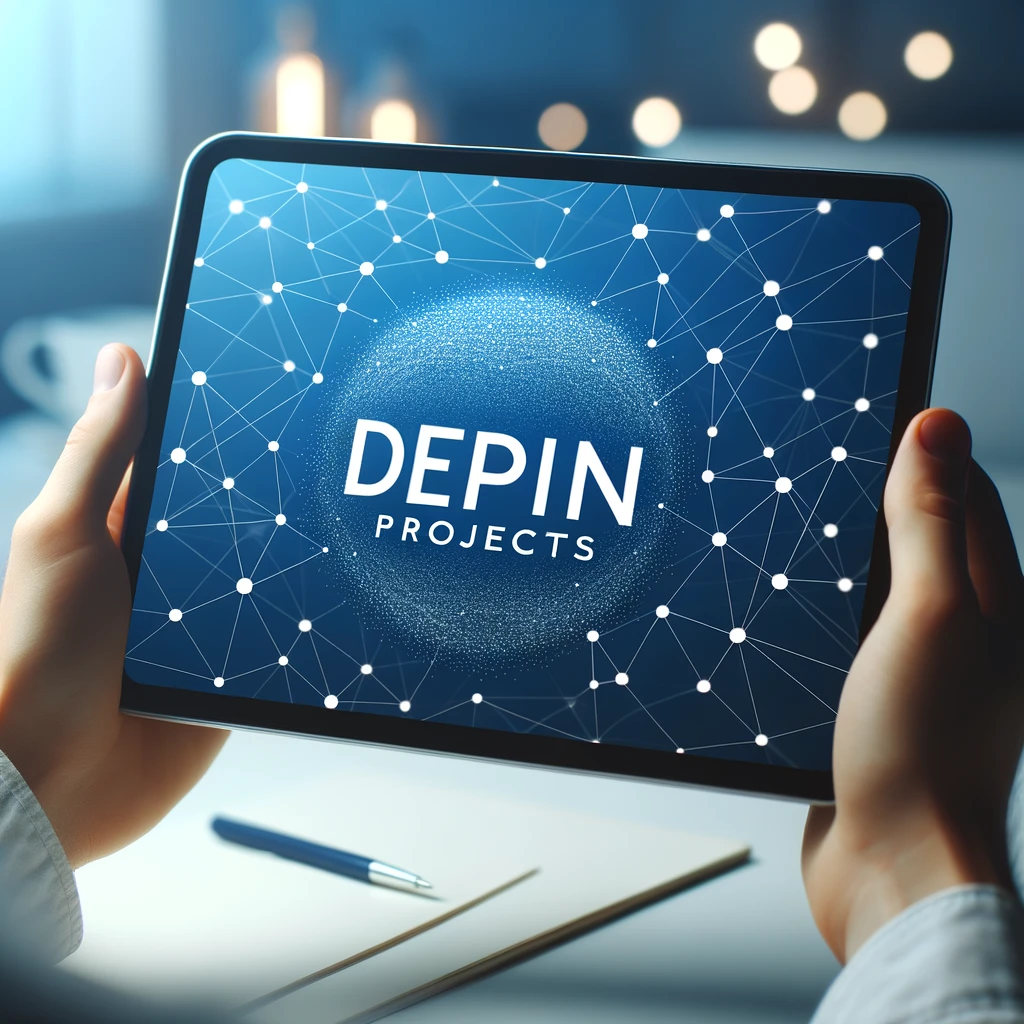
What are DePIN Projects?
DePIN, which stands for Decentralized Physical Infrastructure Networks, represents a revolutionary concept that integrates blockchain technology with physical infrastructure. These projects aim to create decentralized networks where various stakeholders can collaboratively build, maintain, and operate physical infrastructure using blockchain to ensure transparency, security, and efficiency.
Understanding DePIN Projects
1. Definition and Scope: DePIN projects utilize decentralized networks to manage and develop physical infrastructure such as telecommunications, transportation, energy, and more. The primary goal is to decentralize the control and ownership of these infrastructures, making them more resilient, efficient, and accessible.
2. Key Components:
- Blockchain Technology: Serves as the backbone, providing a transparent and secure ledger for recording all transactions and operations.
- Smart Contracts: Automated contracts that execute when predefined conditions are met, ensuring reliable and efficient operations.
- Tokens and Incentives: Utilized to incentivize participation and investment, ensuring stakeholders are rewarded for their contributions.
How DePIN Projects Work
1. Decentralization: DePIN projects distribute control across multiple nodes or participants rather than a central authority. This approach enhances security and resilience, reducing the risk of failures or attacks.
2. Transparency and Security: Blockchain technology ensures that all transactions and changes in the network are recorded transparently and immutably. This transparency builds trust among participants and ensures the security of the infrastructure.
3. Collaboration and Incentives: Participants in DePIN projects can range from individual investors to large organizations. Incentive mechanisms, often in the form of tokens, encourage active participation in building and maintaining the infrastructure.
Benefits of DePIN Projects
1. Enhanced Efficiency: Decentralized management can lead to more efficient resource allocation and operation, as decisions are made collectively by stakeholders with a direct interest in the project’s success.
2. Increased Resilience: By removing single points of failure, DePIN projects make physical infrastructure more resilient to disruptions, whether they are technical failures or malicious attacks.
3. Democratization of Infrastructure: DePIN projects allow broader participation in infrastructure development, potentially lowering barriers to entry and enabling more innovative solutions.
Examples of DePIN Projects
1. Decentralized Energy Grids: Projects that use blockchain to manage and distribute energy resources more efficiently. Participants can generate energy through solar panels, wind turbines, or other means and sell excess energy to the grid using smart contracts.
2. Decentralized Telecommunications: Networks where participants contribute to building and maintaining communication infrastructure. This could involve providing internet connectivity in underserved areas or creating new, more resilient communication networks.
3. Decentralized Transportation: Projects that focus on creating and managing transportation networks. This can include decentralized ride-sharing services, logistics networks, or even the development of autonomous vehicle infrastructure.
Challenges Facing DePIN Projects
1. Regulatory Hurdles: Navigating the complex regulatory landscape can be challenging, as existing laws and regulations may not be well-suited to decentralized models.
2. Technical Complexity: Building and maintaining decentralized infrastructure requires sophisticated technology and expertise. Ensuring interoperability and security can be particularly challenging.
3. Funding and Investment: Securing adequate funding and investment can be difficult, especially in the early stages of a project. Traditional investors may be wary of the novel and sometimes uncertain nature of DePIN projects.
The Future of Decentralized Physical Infrastructure Networks (DePIN Projects)
DePIN projects represent a promising evolution in how we manage and develop physical infrastructure. By leveraging the power of blockchain technology and decentralization, these projects can create more efficient, resilient, and democratic infrastructure networks. However, realizing this potential will require overcoming significant technical, regulatory, and financial challenges. As these projects continue to develop and mature, they may play a crucial role in shaping the future of our physical infrastructure.